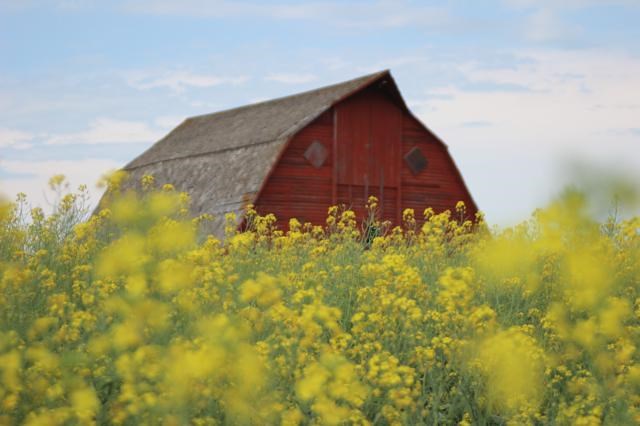The southeast region received a fair bit of rain on Monday after a couple of weeks of dry, warm weather, and area farmers have begun preparing for the 2019 harvest.
Some producers have begun harvesting pea crops, while others have begun desiccating their pulse crops.
Creelman-area producer Marcel Van Staveren was one of those, as he had been desiccating his lentil crop until about 2 a.m. on Monday morning ahead of the rain, estimating that by noon his farm had received between 25 and 33 mm of rain, with more falling later in the day. He farms an operation along with his two brothers between Fillmore and Stoughton.
He noted the rain will be a benefit to his soybean crop, helping it to improve the yield as a late-developing crop.
“This will be the second-best soybean crop in the eight years we’ve been growing them, as 2016 was the last time we had an August rain which helped our soybeans out,” said Van Staveren. “Anybody with soybeans will be grinning ear-to-ear.”
He said the rain will help the pulse crop fill out, and it will also help some of his canola crops, but it won’t help the cereal crops much. Van Staveren added the disclaimer that the soybeans may still be affected if there are any cold nights before they can be harvested, noting a few years ago he saw cold temperatures in late August cause some damage.
As for the canola crops, he noted he and his brothers had reseed about 10 per cent of their acreage because of the dry early spring, and these crops will use this rainfall to help fill out the upper pods, which should improve the yield potential of those plants by about two to three bushels per acre.
According to his farm’s records, the Van Staveren farm has received between nine and 11 inches of rain since April 1.
“That’s really ideal for us, and we have less than one-per-cent flooding,” he said, estimating this year could be one of their best-ever years for crops, barring any further challenges this growing season.
The rain will delay the maturation of his cereals, said Van Staveren, such as their hard red spring wheat, which he estimates should be ready for harvesting by around Aug. 22.
The first crops they will harvest will be the lentils, and how well they come off will depend on how warm and windy conditions are after the rain. The lentils should be ready about four to five days after the desiccation process, followed by canola.
Meanwhile, he will be keeping an eye on the thermometer, which he is able to do on his handheld device with fresh data supplied by the 11 weather stations the family has across their fields. They measure rainfall, temperature and humidity, powered by solar panels, and they are able to track the soil moisture levels also.
Van Staveren noted that temperatures were down to about 2.4 C a week prior, only a couple of degrees away from the frost point, so he is well aware of the fragility of the crop development at this stage of the season.
Prior to Monday’s rainfall, topsoil moisture on cropland was rated as 46 per cent adequate and 52 per cent short, while hay land and pastures were rated as 37 per cent adequate for moisture, 58 per cent short and five per cent very short.
Regionally, pastures were rated as 22 per cent good, 55 per cent fair, 21 per cent poor and two per cent very poor, so the rainfall should benefit these areas somewhat.
The majority of crop damage has been from strong winds, extreme heat and a lack of moisture. Ascochyta blight in chickpeas is reported to be causing substantial damage in chickpea crops.




